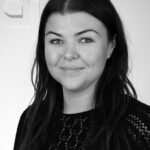Author: admin
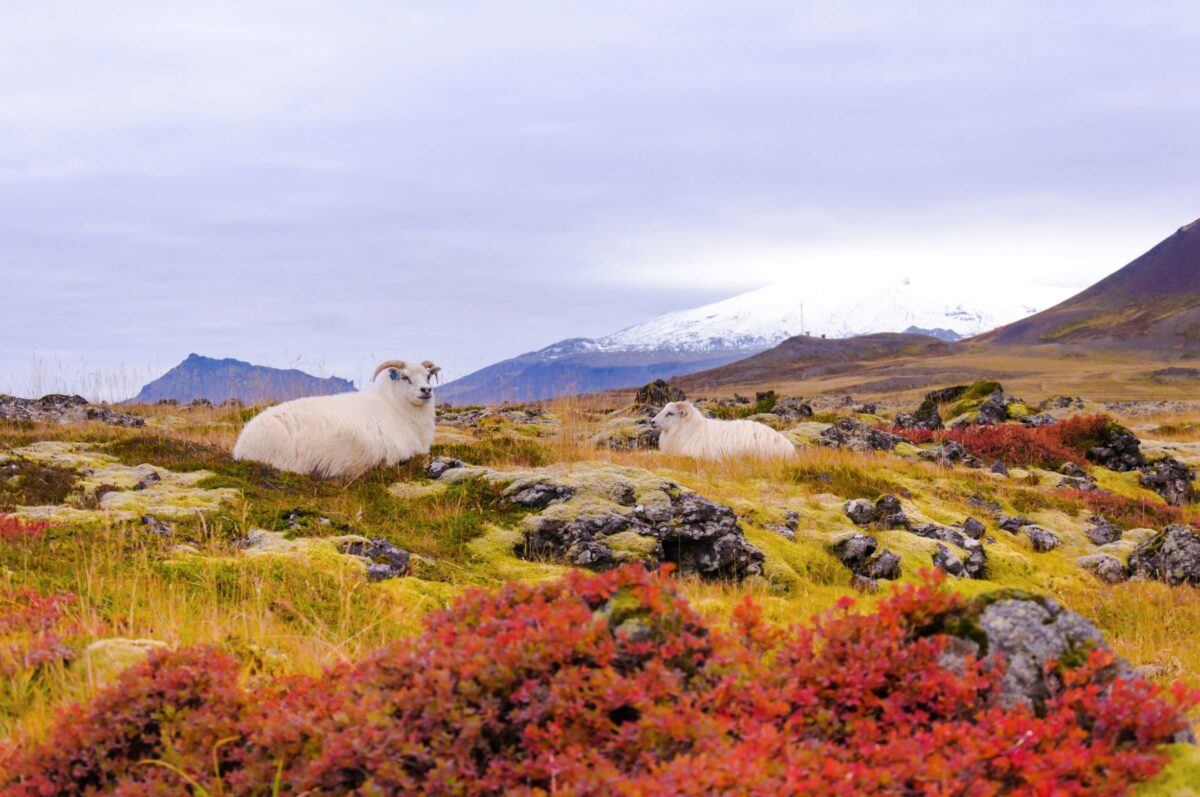
Óli Þór Hilmarsson at Matís and Eyþór Einarsson at Ráðgjafarmiðstöð landbúnaðarins edited. Illustrations are by Sólveiga Eva Magnúsdóttir.
The publication summarizes useful guidelines for those involved in the process of making lamb quality food. The guidelines are based, among other things, on research and knowledge from Matís, the Agricultural University of Iceland, the Agricultural Advisory Center and their predecessors, which demonstrate the importance of proper handling of slaughter animals, from gathering mountains and until finished products arrive at meat tables in shops or restaurants. Conditions and treatment before and after slaughter affect the quality and characteristics of the meat.

Spring conference Icelandic Product Management Association will be held on May 7 next at 8-12 in Hvammur at Grand Hotel Reykjavík.
The title of the conference is Product Management and the Fourth Industrial Revolution - traceability with new demands and technology. The conference is held with the support of SI, SVÞ, FA and GS1 Ísland and registration takes place here.
Valur N. Gunnlaugsson, an employee of Matís, will give a talk on how to meet consumers' information needs in a changing environment.
The agenda of the conference can be accessed here.

We would like to remind you of a workshop on opportunities and grants for small and medium-sized companies in the field of innovation and business development in the blue and green economy, which will be held on behalf of the EEA Development Fund, on Wednesday 24 April
at 8: 30-11: 30 at Íslandsstofa at Sundagörður 2.
The workshop will place special emphasis on the co-operation programs of the EEA Development Fund in Portugal, Greece and Romania. A representative from Innovation Norway will present the plans together with Rannís, Matís, NMÍ and Íslandsstofa.
A liaison conference will also be presented, which will be held on 22 May for the fund's plans in the blue economy, and possible travel grants for Icelandic parties to attend.
Agenda:
- 8:30-9:30 Innovation and business opportunities in the blue and green economy and
liaison conferences. Anne Lise Rognlidalen project manager at Innovation Norway - 9:30-9:40 Support for the participation of Icelandic parties. Aðalheiður Jónsdóttir division manager
Rannís International and Mjöll Waldorf Project Manager Enterprise Europe Network
at NMÍ. - 9:40-9:50 Examples of collaborative projects within the EEA area. Bryndís Björnsdóttir Director of Solutions and Consulting at Matís.
- 9:50-10:10 Coffee break.
- 10:10-11:30 Discussions and questions. Lecturers will be interviewed and provide advice.
The workshop is organized by the Ministry for Foreign Affairs in collaboration with Rannís, Matís, the Icelandic Innovation Center, the Icelandic Institute and the University of Iceland.
All interested are welcome as long as space allows!
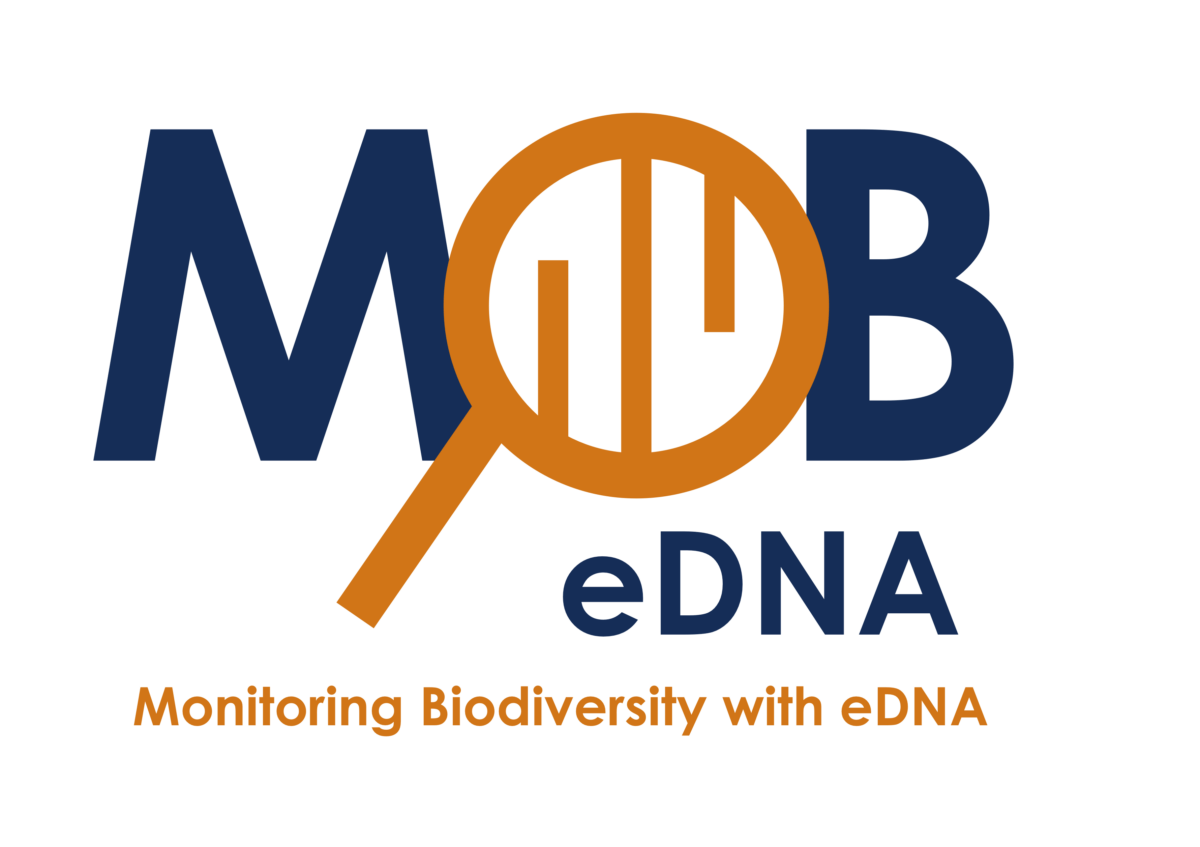
Biodiversity is under attack in the ocean, but it is believed that the diversity is declining fast and faster than before in the history of the ocean. The distribution and migration patterns of many marine species have been shown to change due to global warming. The climate has also changed ecosystems so that many species have disappeared, but such a loss of species is no doubt underestimated as only a small fraction of species in the deep sea and in the Arctic are known. Species that live in the ocean are mostly hidden from our view, so it is more difficult to find and estimate their number.
Monitoring biodiversity and the distribution of marine species is difficult, costly and time consuming. Such research requires specialized research vessels and equipment as well as trained crews.
New tools in conservation biology use environmental eDNA to assess biodiversity. This technology helps to address some of the shortcomings of other methods and offers a quick and inexpensive way to assess marine biodiversity. The origin of eDNA in the ocean is various, but usually the DNA comes from organisms from skin cells, mucus, eggs, eggs or faeces. Seawater is collected at different depths in the areas under study and the sea is then filtered. The filter contains DNA from organisms that can be analyzed by sequencing technology. Biodiversity monitoring with environmental DNA has many advantages over other methods and the method has proven successful in assessing biodiversity in many ecosystems.
The aim of this project is to hold a conference with key experts in Europe and beyond on technology, opportunities and shortcomings in eDNA research. Research projects where eDNA has been used in ecological research will also be presented.
The conference will be held in the meeting room of the Marine Research Institute from 2 to 3 October 2019 and will be open to everyone. The conference website will be launched soon. There you will find a program along with various information about eDNA and there you will also be able to register for the conference.
The project is led by Davíð Gíslason at Matís and Christopher Pampoulie at the Marine Research Institute. The project is funded by Ag-fisk, the Nordic Council of Ministers' Working Committee on Fisheries and Aquaculture.
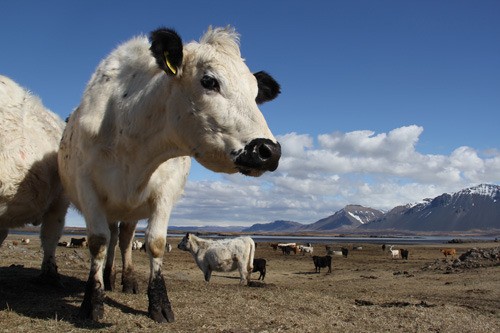
The journal Icelandic Agricultural Science recently published the article Inheritance coefficients for Icelandic dairy cows with a measurement day model by Jón H. Eiríksson, Ágúst Sigurðsson, Guðmund Jóhannesson and Emma Eyþórsdóttir.
It reports an extensive study in which a total of 480,495 measurements of the daily yield of 33,052 Icelandic cows were used to estimate genetic coefficients for milk content, fat content, protein content and cell count during the first three milking periods with a random regression model. It was found that the heritability of all traits was lowest at the beginning of the milking season but highest around or after my milking season. The heritability of product traits was assessed higher in this study than in previous studies on the strain. An interesting conclusion was also that genetic variation in milk tolerance in the herd makes it possible to change the shape of the milking curve for Icelandic cows with a selection.
The article can be accessed here.
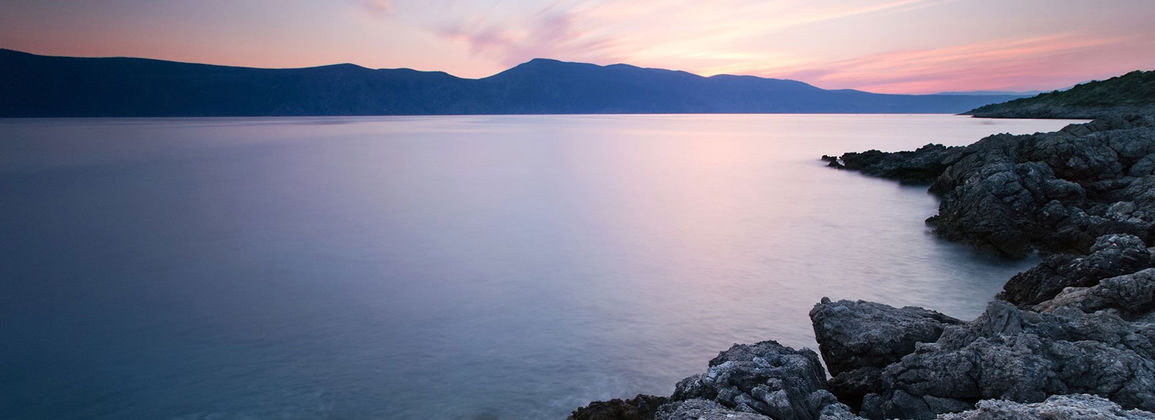
A workshop on opportunities and grants for small and medium-sized enterprises in the field of innovation and business development in the blue and green economy will be held on 24 April.
The EEA Development Fund provides grants for collaborative projects and emphasis will be placed on plans in Greece, Portugal and Romania in the workshop.
A representative from Innovation Norway will present these plans together with Matís, Rannís and Íslandsstofa and the Business Innovation Center. A liaison conference will also be presented in May on the fund's plans for the blue economy and possible travel grants for Icelandic parties.
The workshop is organized by the Ministry for Foreign Affairs in collaboration with Matís, Rannís, Íslandsstofa, Nýsköpunarmiðstöð Íslands and Háskóli Íslands.
8:30 - 9:30 - Innovation and business opportunities in the blue and green economy and liaison conferences
Anne Lise Rognlidalen, project manager, Innovation Norway
9:30 - 9:40 - Support for the participation of Icelandic parties
Mjöll Waldorff, Project Manager, Enterprise Europe Network at the Iceland Innovation Center Aðalheiður Jónsdóttir, Director of International Affairs, Rannís
9:40 - 9:50 - Examples of collaborative projects within the EEA area
Bryndís Björnsdóttir, Director of Solutions and Consulting, Matís
9:50 - 10:10 - Coffee break
10:10 - 11:30 - Discussions and questions
Lecturers will be interviewed and provide advice
The workshop takes place at Íslandsstofa's premises, Sundagörður 2. Further information can be found here.

Seafish in the UK, which is to some extent Matís' sister organization, hosted a conference in Aberdeen at the end of March, entitled the Scottish Seafood Summit. This was the first time that Seafish hosted such an event in Scotland, but similar conferences have honored annual events in Grimsby for years, the so-called Humber Seafood Summit.
Seafish spokesmen said the conference in Aberdeen was a resounding success, with around 150 people attending the conference and an additional 100 people watching the event live on the agency's website.
The main topic of discussion was, of course, Brexit and the possible consequences were discussed from various perspectives. One seminar was dedicated to discussing the impact of Brexit on fishing constraints, but the UK fisheries sector is heavily dependent on imported labor. This seminar discussed, among other things, automation and technological innovation, and what opportunities there are in using automation to replace labor that will be more difficult to import into the UK following Brexit. Jónas R. Viðarsson, professional leader at Matís, was invited to the conference to discuss automation in the Icelandic fisheries sector and what the development has been in connection with technological innovations and manpower needs in Iceland. Jónas' presentation can be seen here, but his speech attracted much attention and he received a number of inquiries after it. It can be said that the conference guests were divided into two equal groups regarding the future vision for the Scottish fishing industry, where about half thought it would be best to go the "Icelandic way" by focusing on efficiency and automation; but the other half believed that it would be more appropriate for the authorities to ensure that the fishing industry can survive in its current form without focusing on financial gain. All presentations from the conference can be found on the Seafish website here.
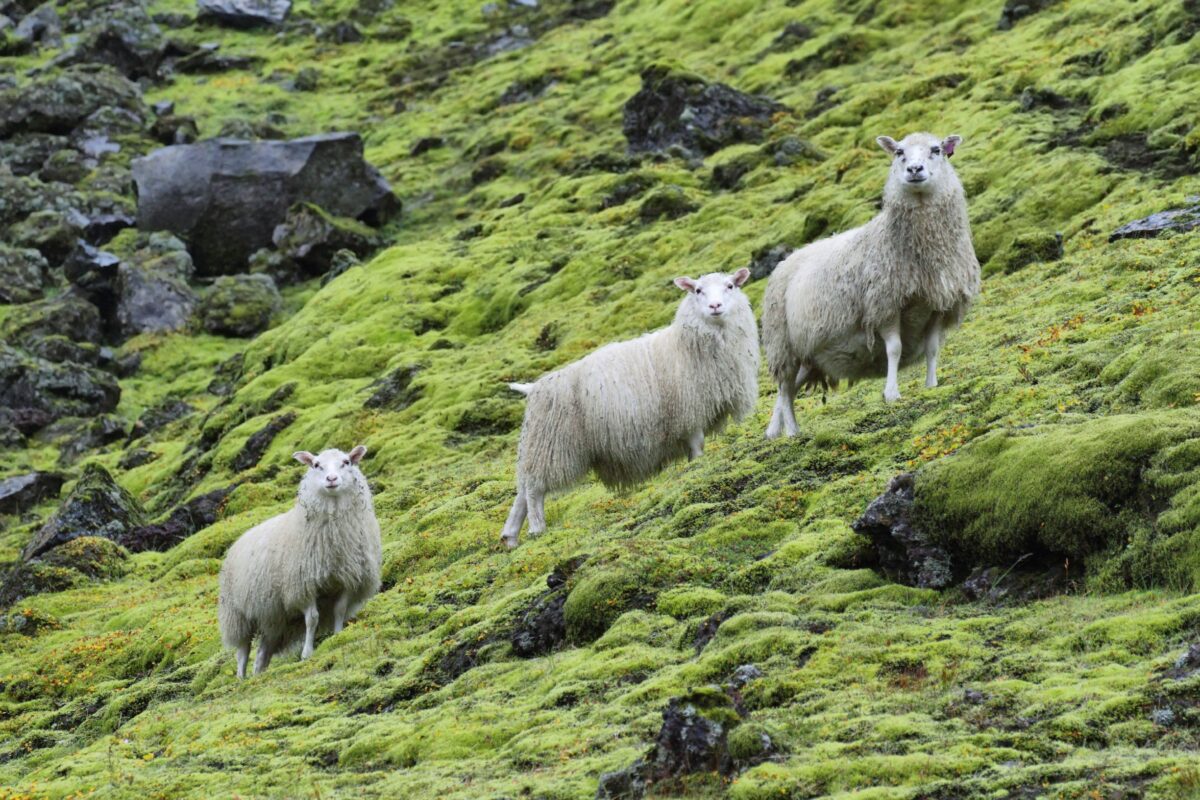
Professional guidelines
Guidelines on good practice and internal control of goat and sheep milking by small producers.
According to food legislation, the government should encourage food industry professions, such as industry associations, shops and restaurants associations and fish processing associations, to compile guidelines on good practice, internal control of GÁMES, which is "Risk factor analysis and important control positions. In English it is called HACCP which stands for "Hazard analysis and critical control points. The aim is for disciplines to define a standard that the industry wants companies to meet and to make it easier for companies to set up and implement internal controls based on GÁMES. Matvælastofnun should review such guidelines to verify that they meet the requirements. The implementation of official supervision is based on the guidelines of those companies that have built up their GÁMES system. However, a company that uses such guidelines must always be aware that there may be aspects of the company's operations that do not comply with the guidelines and must therefore always be adapted on a case-by-case basis.
Professional guidelines, as presented here, are guidelines on good practice, internal control and GÁMES for milking goat and sheep milk. Relations from Eldrimner in Sweden 2013 were used; Fäbodnäringen's industry guidelines and Risk assessment and critical control points in the production of summer pasture products and from Denmark; Industry code for self-monitoring in dairy herds, 4th edition 2017.
The professional guidelines specify how dangers can be prevented and what procedures are most suitable for milking and collecting milk for further processing. The guidelines are intended to help the farmer achieve the goals of healthy food.
The project was carried out by Matís, in collaboration with the Icelandic Goat Breeding Association, the National Association of Sheep Farmers, the association Beint frá býli and Matvælastofnun, which has approved these professional guidelines.
Attitudes and buying behavior of Icelandic consumers of horsemeat
The aim of this study was to submit proposals to improve the position of horsemeat in the domestic market. A quantitative research method analyzed the attitudes and purchasing behavior of Icelandic consumers (n = 853) of horsemeat. The results were, among other things, that horse and foal meat is not prominent enough and visible in stores all over the country. Most people who buy horse and / or foal meat buy it from the refrigerator or about 50% participants, but the next most common is that people get the meat from friends, relatives, slaughter it themselves, buy it directly from a farm or more. More often than not, people made little distinction between attitudes towards horsemeat on the one hand and foal meat on the other. In terms of willingness to buy products, most said they were less likely to buy minced or smoked horsemeat, but most likely to buy steaks, goldfish and schnitzel. In the opinion of the participants in the study, habits and upbringing have the greatest effect on the consumption of horse and foal meat, followed by knowledge of the product. There are many opportunities in the sale of horsemeat. Most of those who took part in the study were really positive and welcomed the discussion about horsemeat. 96% of the participants had tasted horse and / or foal meat but those who had not tasted were not interested, either because they did not eat meat over their heads or because they felt like eating their dog and considered it wrong because of emotions. Superstitions and prejudices against the consumption of horsemeat seem to have passed long ago, but the public's knowledge of the quality and treatment of horsemeat could be increased. Most people considered horsemeat and foal meat to be a clean and environmentally friendly food, free of antibiotics and contaminants. All that can be said is that there are opportunities for marketing horsemeat and it can be assumed that with many trumps in hand, a big hit can be won if the cards are held correctly.
The aim of this study was to improve the status of horse meat on the Icelandic market. A quantitative research method was used to study the attitudes and buying behavior of Icelandic consumers on horse meat (n = 853). The results showed that horse and foal meat is not prominent and visible in stores in Iceland. Most people who buy horse and / or foal meat buy it from stores, refrigerated, or about 50% of the participants, but most often people get the meat from friends, relatives, slaughter themselves or buy directly from farms. Attitudes towards horse meat and foal meat were generally similar. In terms of buying a product, most people were the least likely to buy a buried or smoked horse meat, but most likely to buy steaks, guillemots and chips. The respondents believed that habits and upbringing had the most effect on horse and foal meat consumption, but knowledge of the product was in the third place. There are many opportunities in the sale of horse meat provided for quality products. Most of the participants were positive towards horse meat and welcomed the discussion on horse meat. 96% of the participants in the survey had tasted horse and / or foal meat. Those who had not tasted the meat, had no interest, either because they did not eat meat or because they felt like eating their dog and felt it was wrong because of emotions. Pastoralism and prejudice towards horse meat appear to belong to the past, but there is room for improvement of consumer knowledge of quality and treatment of horse meat. Most people considered the horse and foal meat to be clean and environmentally friendly food, free of antibiotics and contaminants. The marketing possibilities for horse meat are good.





